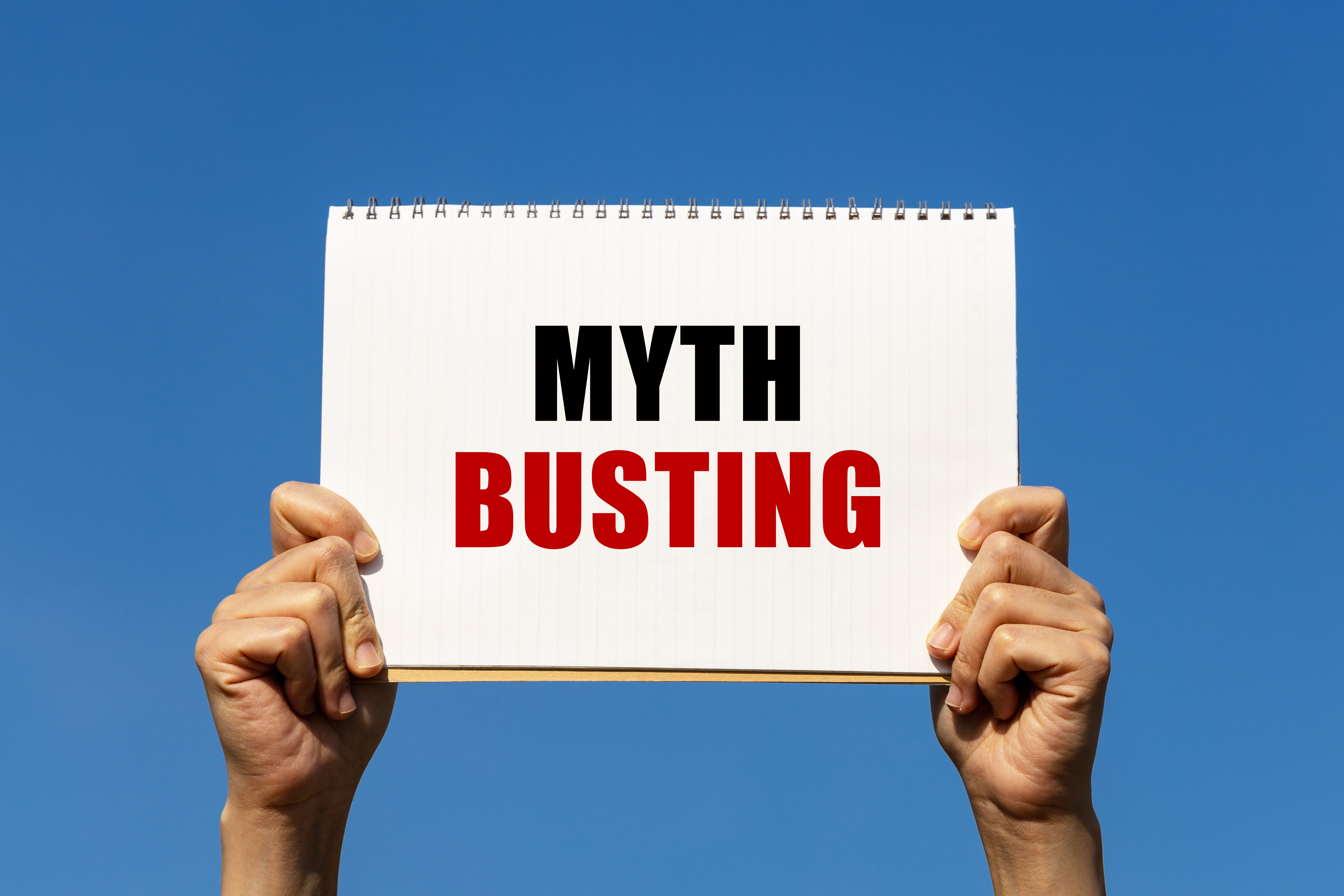A major milestone has arrived in Infection Prevention:
The Royal Netherlands Standardization Institute (NEN) has officially published the first-ever standard for UV-C disinfection of non-critical and semi-critical medical devices. This confirms what many hospitals already know: UV-C is a validated, safe, and sustainable method for modern clinical workflows.
But what does the new NEN standard mean for your hospital?
And how should Infection Prevention teams, CSSDs, and clinical departments prepare?
This guide explains the impact clearly, practically, and backed by evidence.
What the New NEN UV-C Standard Covers
The standard provides a validated framework for using UV-C disinfection on:
- Non-critical devices (e.g., blood pressure cuffs, stethoscopes)
- Semi-critical devices (e.g., TEE probes, surface probes, endocavity probes)
It defines requirements for:
- UV-C dose validation
- Repeatability
- Documentation
- Efficacy testing
- Safety mechanisms
- Performance standards
For hospitals, this is the first official recognition that UV-C is not experimental it is a validated disinfection method.
Why This Standard Matters for Hospitals
Hospitals have long struggled with variability in reprocessing especially for fragile, high-use devices like ultra sound and TEE probes.
This new standard helps hospitals:
- Improve audit readiness through repeatable workflows
- Reduce dependence on chemical disinfectants
- Increase staff safety by minimizing exposure
- Protect delicate probes from chemical wear
- Save time through fast, automated cycles
- Move toward more sustainable workflows
Learn more about the benefits here:
Why Cleaner Workflows Mean Happier Staff and Safer Patients
What Infection Prevention Teams Should Do Next
Step 1: Review Current Reprocessing Policies
Compare your existing practices, chemical wipes, manual logs, cycle times to the new standardized guidance.
Step 2: Identify Devices That Qualify for UV-C
Priority items include:
- TEE probes
- Endocavity probes
- ENT Scopes
- Surface probes
- Channel-less instruments
- High-turnover devices
If you’re concerned about compatibility, you can check your exact equipment here for the D60 and here for the D45.
Step 3: Evaluate Current Workflow Risks
Ask:
- Are staff disinfecting in multiple ways?
- Are logs inconsistent or missing?
- Are chemical wipes causing irritation or fatigue?
- Are probes being damaged by harsh agents?
Many hospitals discover their pain points immediately when they map their workflow.
Step 4: Compare Validated UV-C Solutions
The standard emphasizes:
- Correct wavelength
- Validated dose delivery
- Microbial efficacy
- Consistent cycle performance
- Safety interlocks
- Traceability
Recognizing UV-C as a valid part of the NEN standard has been nearly a decade long process. Every UV-C myth has been reviewed and debunked at the highest levels.
Step 5: Train Teams for Standardized, Reproducible Workflows
UV-C dramatically reduces variability.
Training becomes simpler, onboarding is faster, and audits are easier.
👉 Implementation support:
Request a Live Demonstration
How UV Smart Helps Hospitals Align With the New Standard
UV Smart’s technology has been developed around the same principles embedded in the new NEN standard:
- Validated high-level disinfection
- Automated, reproducible cycles
- Full traceability for auditing
- Chemical-free, sustainable processes
- Safe for delicate probes
- Fast turnaround
- Consistent and predictable results
Hospitals using UV Smart are reporting:
- Fewer probe repairs
- Lower operational costs
- Improved staff satisfaction
- Clean, simple, audit-ready workflows
What This Means for the Future of Healthcare
This standard signals a shift toward:
- Automated disinfection
- Reduced dependency on chemicals
- Standardized processes across departments
- Sustainable hospital operations
- Faster and safer workflows for high-use devices
UV-C has officially moved from “emerging” to validated and essential.
Need help aligning your hospital with the new NEN standard?
Our team can support with:
- Workflow assessments
- Compliance and validation documentation
- Clinical integration planning
- ROI modeling
- Live or virtual demos







.jpg)
